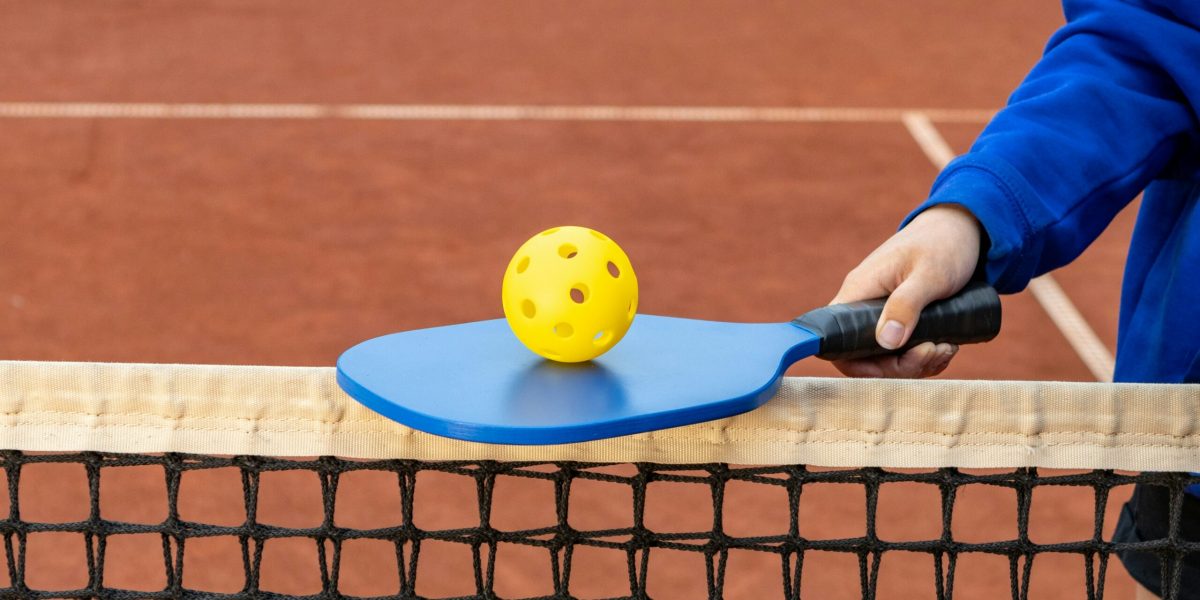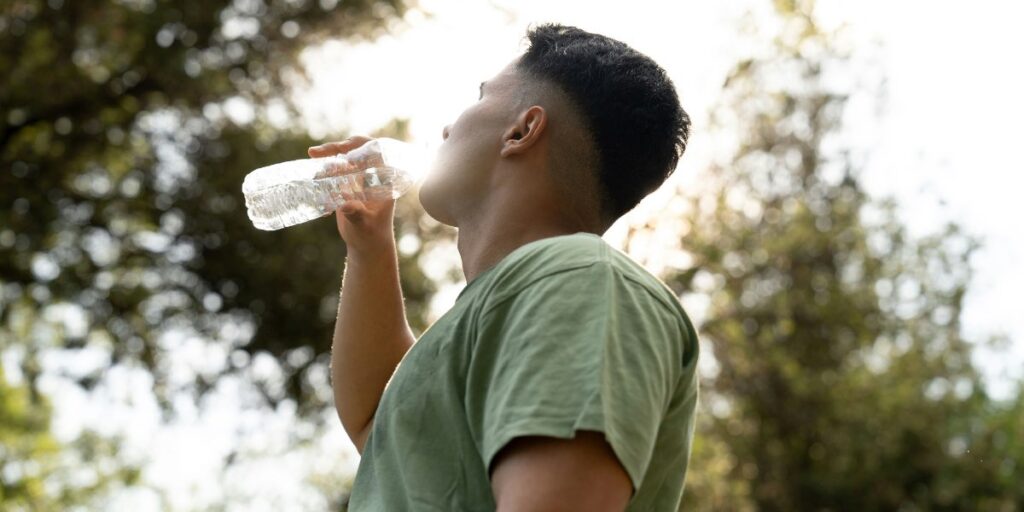Pickleball, often described as a mix between tennis, badminton, and ping-pong, has become one of the fastest-growing sports in the United States. While its popularity among adults has been widely recognized, a newer trend is emerging—introducing pickleball to kids. This sport is gaining traction in schools, community centers, and homes across the country. Parents and coaches are increasingly turning to pickleball as a fun, engaging, and low-impact sport that offers numerous benefits for children.
Why is Pickleball the Perfect Sport for Kids?
Pickleball is an ideal entry-level sport for children, thanks to its simplicity and lower physical demands. Unlike high-impact sports that may involve complex rules or riskier movements, pickleball is easy to learn and gentle on the body. The paddle is smaller, the ball is lightweight, and the court is smaller than traditional tennis courts, making it more accessible to younger players. These features ensure that kids can quickly get into the game without feeling overwhelmed or exhausted.
Pickleball’s low-impact nature makes it suitable for kids of all ages, including those with joint concerns or other physical limitations. The sport’s reduced intensity helps prevent injuries, which is an appealing aspect for parents seeking an activity that promotes long-term health and fitness without the risks associated with high-contact sports.
How Does Pickleball Benefit Kids’ Physical and Mental Development?
Pickleball offers a variety of physical benefits for kids, making it a great addition to their fitness routine. Because the game involves short bursts of movement—such as running, pivoting, and reacting to the ball—children can improve their cardiovascular fitness, hand-eye coordination, and balance. The sport also helps develop agility and motor skills, which are crucial for children as they grow and develop physically.
But the benefits go beyond just physical health. Pickleball fosters teamwork, teaching kids the importance of collaboration and communication when playing doubles. Even in individual games, the sport encourages players to develop strategic thinking and problem-solving skills. These cognitive benefits are especially important as they help children think critically and make decisions quickly—skills that extend beyond the court into everyday life.
Pickleball provides a platform for kids to build self-confidence. As children experience success on the court—whether it’s a well-placed shot or a hard-earned point—they gain a sense of accomplishment that can translate to other areas of their lives. It also promotes a positive attitude toward physical activity, showing kids that staying active can be both fun and rewarding.
Why Are Schools and Communities Embracing Pickleball for Kids?
The rise of pickleball in schools and community centers is a direct result of its ability to engage children from a wide range of skill levels. With its simple rules and minimal equipment requirements, pickleball is an ideal sport for physical education programs and after-school activities. Schools across the country are starting to include it in their curriculums, often as an introduction to racquet sports.
One of the driving factors behind this adoption is the affordability and accessibility of the sport. Unlike traditional sports that require expensive equipment and large fields, pickleball can be played on smaller courts with paddles and balls that are relatively inexpensive. This makes it easier for schools and recreational programs to introduce the sport to children without breaking the budget. The sport’s versatility also allows for both casual games and organized competitions, making it a great fit for both fun and structured play.
Community centers are also embracing pickleball as a family-friendly sport that can be played at any age. Pickleball for kids offers a fun way for families to bond over a shared interest, while also creating opportunities for kids to meet new friends and be part of a team. Many local leagues and tournaments now include youth divisions, providing kids with a chance to compete and improve their skills in a supportive, non-intimidating environment.
Is Pickleball Here to Stay as a Children’s Sport?
Given its growing popularity, it’s clear that pickleball for kids is more than just a passing trend. The sport is becoming an integral part of youth sports programming across the country, thanks to its affordability, accessibility, and wide-ranging benefits. As more schools, recreation centers, and families embrace the sport, it will likely continue to grow in prominence.
In fact, many experts believe that pickleball’s appeal among kids will only increase in the coming years. As the sport continues to gain momentum, it’s expected that pickleball leagues for kids will become more organized and competitive, offering even more opportunities for young players to thrive.
For now, the future of pickleball looks bright, with its simplicity, social aspects, and health benefits making it an ideal choice for kids seeking an enjoyable and active pastime.















